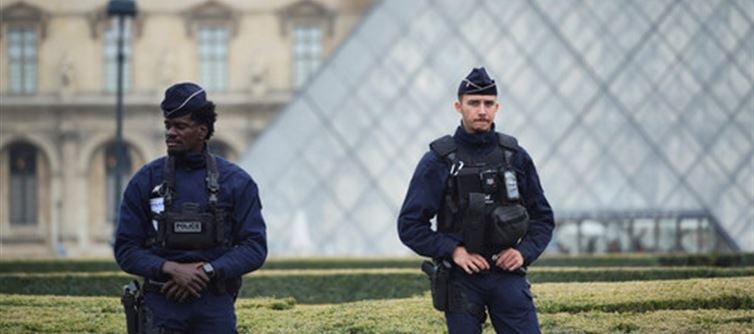
Tourism vs. Security: How the Louvre Heist Exposed a Global Museum Crisis
Paris — The world’s most-visited museum turned into a crime scene on sunday when a team of masked robbers pulled off a four-minute daylight heist, smashing through glass displays at the Louvre and escaping with eight priceless crown jewels.
Armed with small chainsaws and nerves of steel, the thieves cut through the crowd like ghosts, vanishing on motorcycles before paris police could lock down the area. But experts say this isn’t just a crime — it’s a warning.
For years, Louvre staff have complained about chronic understaffing and overwhelming tourist congestion. Last year, more than 1.13 million Americans alone visited the museum, joining millions of global travelers who fill its corridors daily. That sheer volume has stretched security systems thin — and criminals are taking notes.
“This was a precision hit,” said one Parisian security consultant. “They knew the timing, the layout, and the vulnerabilities.”
The Louvre has since closed its doors for a security audit, but the heist has sparked a global conversation about whether cultural institutions are sacrificing safety for accessibility. From london to Rome, curators now face a painful balancing act: keeping art open to the world while defending it from the shadows.




 click and follow Indiaherald WhatsApp channel
click and follow Indiaherald WhatsApp channel